Most people have known the cabbage butterfly since childhood. This insect is considered one of the most common butterflies that live in central Russia. In terms of fame, hives can compete with her. For some people, the appearance of butterflies marks the beginning of summer and warm days, but gardeners are well aware of the danger posed by these insects.
Material Content:
Description
The reasons why the butterfly was called the cabbage are obvious - cabbage and other cruciferous plants are considered the insect's favorite food.
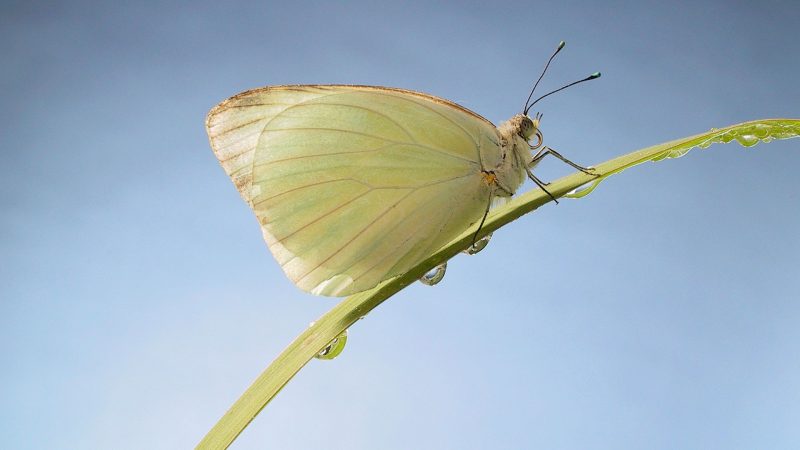
Cabbage white found almost throughout the territory of Russia. As for its habitat in nature, the insect, as a rule, is not tied to a specific place and can live anywhere: on forest edges, meadows, in fields and vegetable gardens.
The adult diet of cabbage includes pollen, and the larvae regale themselves with leaves of cruciferous plants.
Cabbage butterfly structure
The cabbage butterfly is considered to be a representative of the family of whites, it is often called cabbage whitetail.
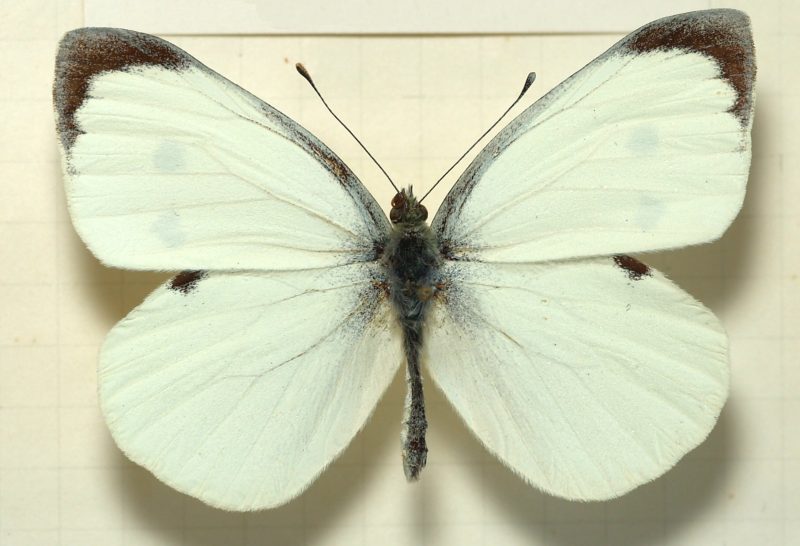
If for some inexplicable reason you, being an absolutely urban resident, do not know what a cabbage butterfly looks like, then having seen it, you still will not be mistaken with the classification. The structure of her body is typical - 4 wings, a dark small body. The color of the wings is yellowish, and the span can reach 62 mm.
Insect life cycle
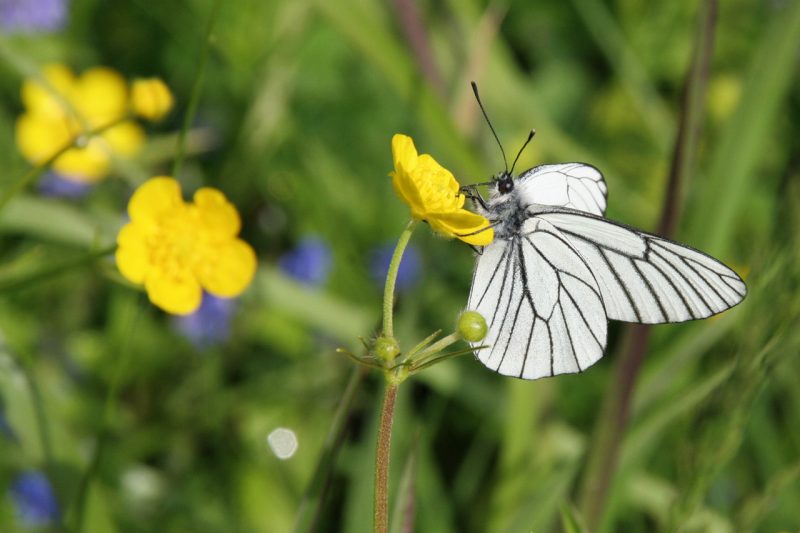
There are 4 stages of development of the butterfly cabbage:
- egg;
- caterpillar;
- pupa;
- adult individual.
Reproduction of cabbage is directly related to the climate in the region of its habitat.In central Russia, insects manage to breed twice a season, and in especially hot years and in the southern regions - three times.
The egg-laying process can be carried out in any month from April to September. Insects hibernate in the cramped cocoons, being in the pupal stage. With the advent of the first spring sun, cabbage leaves a temporary dwelling and enter a new life. Having plenty of pollen, insects mate, after which the female lays eggs on the leaves of cruciferous plants. The number of eggs can reach 200 pieces.
By the way. If reproduction occurs precisely in the first generation of cabbage, gardeners may not feel significant harm from their larvae. The fact is that in the early spring, plants are at the initial stage of seedlings. In such situations, cabbage plants are forced to lay in wild plant species.
The situation is different with the subsequent, later generation. In July - August there are quite a lot of cabbage in the plots. This advantage is used by butterflies, laying eggs on its lower sheets.
- Cabbage caterpillars hatch after 1 - 2 weeks after oviposition (their "birth" largely depends on weather conditions). The larva has a yellowish-green color; its body is covered with dark spots. The sizes of individuals can reach 3.5 cm.
- Young larvae that have recently hatched from an egg stick together and remain on the same leaf. The grown individuals move to the upper part of the fetus. It is not difficult to guess what the larva eats - it is able to penetrate the stem or head of cabbage and eat it to the base.
- Over the entire development period, the caterpillar manages to go through 4 molts (with a frequency of 1 time in 3 to 7 days). The life span assigned to the larvae can be from 14 to 40 days. Note. Larvae do not tolerate an abundance of rainfall and excessively hot weather. The optimum temperature for them is considered to be 20 - 25 ° C in dry weather.
- The doll in its color resembles a caterpillar. Immediately before pupation, the larva attaches to various parts of the plants. After a while, butterflies of the so-called second generation hatch from cocoons. In the case when pupation took place in September, the pest waits for the cold in the cocoon, awakening in the spring.
How to detect a pest and what is its danger
It should be noted that the adult individual cabbage is harmless and does not pose a threat to garden crops. Otherwise, the situation is with its larvae. Most often, a butterfly lays eggs on cabbage, but gluttonous larvae can also enjoy horseradish, radish, turnips, etc.
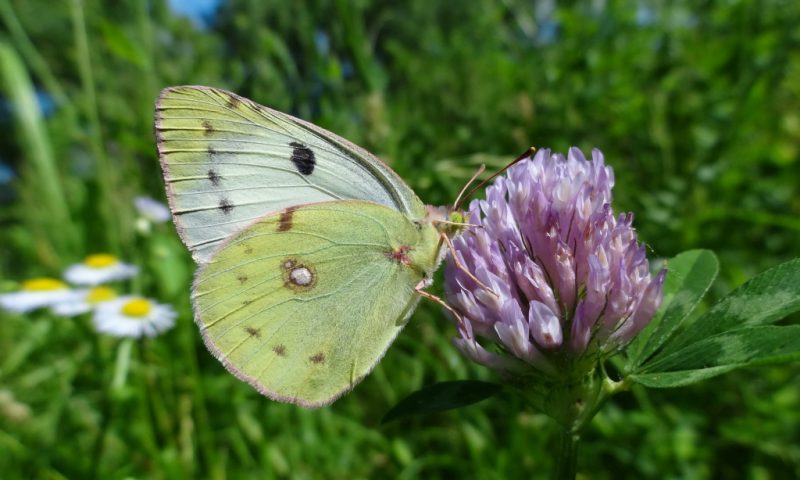
Caterpillars methodically eat cabbage leaves or another plant. They feed mainly at night, and during the day they accumulate at the base of the head of cabbage. A large number of larvae can completely destroy the cabbage crop.
Detecting malicious larvae is easy. It is enough to examine the lower parts of cabbage or other plants. The accumulation of cabbage eggs on the leaves jeopardizes the further growth and development of the plant.
What harm is done to humans
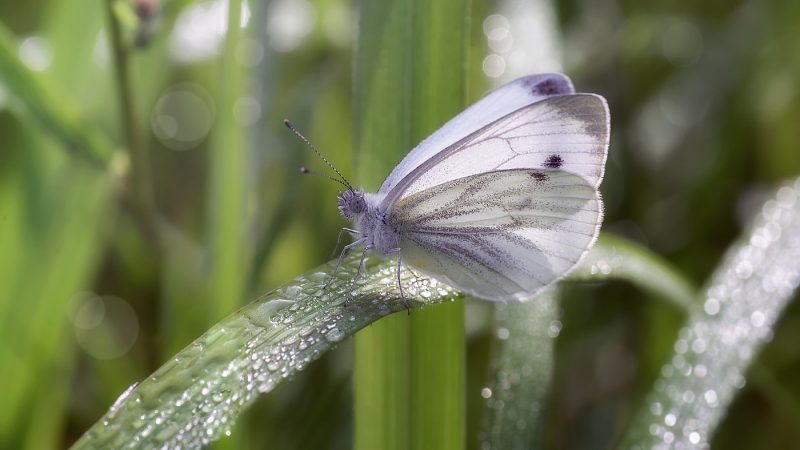
Caterpillars of the whitewash camouflage well under the cabbage leaf due to its greenish color. In addition to cabbage, in the garden they can be tracked on raspberries. Worry in such cases should not be - hard caterpillars can not eat hard leaves of raspberry. However, fruit and berry plants located close to raspberries are at high risk. A hungry caterpillar can eat leaves from the edges to the veins.
How to deal with butterfly cabbage
To deal with a possible invasion of whites, you need to start in the spring.
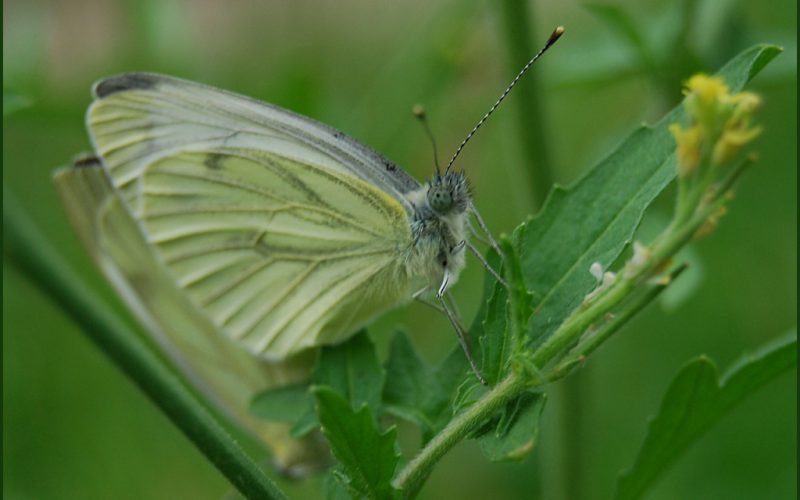
- To do this, from April, fences or walls of the nearest building can be washed with running water, washing off wintering pupae.
- Butterflies can be lured to a specific place by preparing a special bait. For this, sweet yeast syrup is suitable. It must be poured into small containers and placed between cabbage bushes. Individuals caught in the sweet trap must be periodically removed from the tank.
- Well scare off cabbage marigolds, thyme, mint, valerian, sage.
- It is permissible to catch butterflies and caterpillars manually.
- At the very beginning of summer, it is useful to cover the seedlings with an agricultural canvas to prevent its contact with butterflies.
You can fight with whites with the help of various solutions:
- Mustard solution. For its preparation you will need 10 liters of water, 2 tbsp. l salt and mustard, 1 tsp. ground pepper.
- Coniferous concentrate. It is prepared from 200 g of cones and 2 l of water. The composition is aged 7 days, and before use it is diluted with water in a ratio of 1:10.
- Ash based solution. Sifted wood ash (0.5 kg) should be rector in a bucket of boiling water, then strain and add 2 tablespoons of liquid soap.
The resulting decoctions are decanted, and the liquid is used to treat cruciferous plants.
If the cabbage is affected by a large area of the site, it is permissible to use chemicals. Such funds as Karbofos, Lepidocide, Kinmiks and others have proven themselves well.
Preventive actions
To protect the garden from uninvited "guests", preventive measures should be taken in advance.
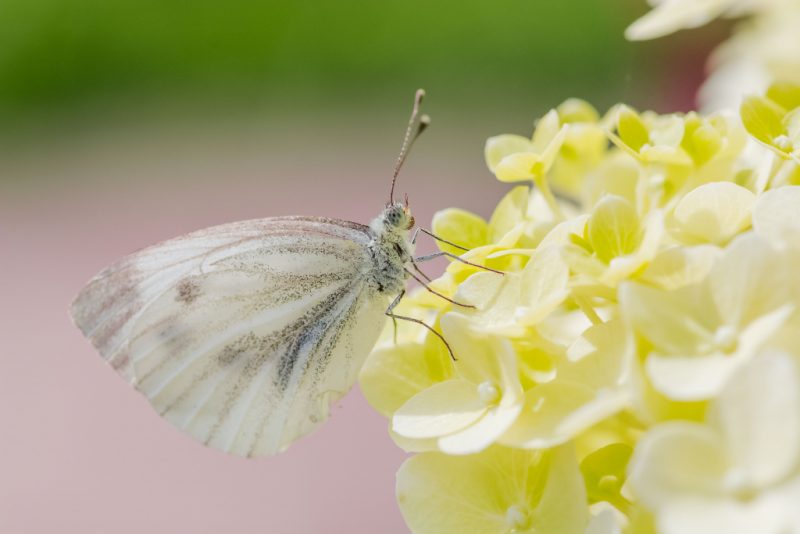
They are as follows:
- Timely harvesting of cruciferous plants. Although the first generation of butterflies is almost harmless, do not forget that they become the parents of the second party, more gluttonous.
- It will be useful to fertilize the soil around the cabbage with fresh grass - its smell repels butterflies.
- It is permissible to spray plants with a solution of birch tar. This tool will ward off not only cabbage, but also another potential pest - cruciferous flea.
- It is necessary to regularly inspect the lower leaves of cabbage for the detection of eggs of cabbage. Revealed masonry should be destroyed immediately.
- It is useful to plant tomatoes near the cabbage. It is believed that the tomato smell is not to the liking of the whites.
Cabbage white - an insect common in Russia. A harmless adult, however, is capable of causing substantial harm to garden crops, giving rise to voracious larvae. It is quite possible to protect the cabbage crop from pest invasion by taking timely preventive measures and using means to control caterpillars.












